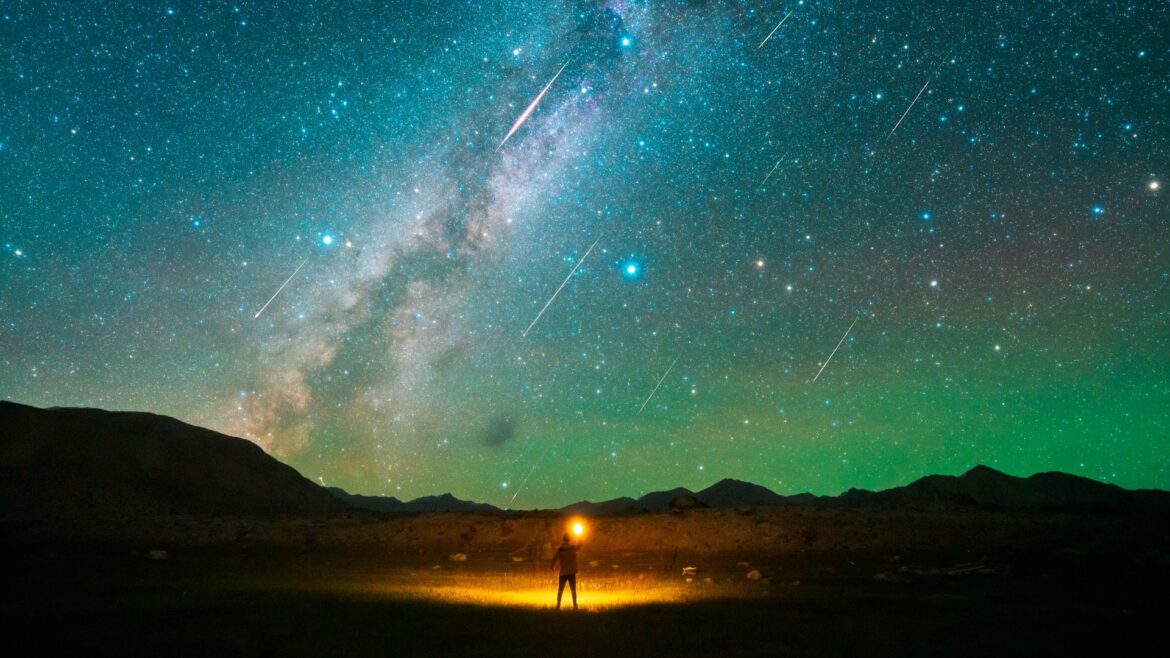Every August, the Perseids light up the night sky. Find out how to best experience this shooting star event.
Perseids: A shooting star spectacle in August
The Perseids are an annual celestial spectacle that fascinates astronomy enthusiasts and romantics alike. The meteor shower usually peaks in mid-August, when the Earth passes through the densest part of the dust trail left by Comet Swift-Tuttle.
- The Perseids are known as a meteor shower that reaches its peak every year in August.
- Shooting stars are actually small particles of rock or metal that burn up in the Earth’s atmosphere.
- The best time to observe the Perseids is usually on the nights around August 12.
- You don’t need any special equipment to see the shooting stars, just a clear sky and patience.
Optimal preparation for the Perseid meteor shower
To experience the Perseids in all their glory, you should keep a few tips and tricks in mind. Proper preparation and a suitable observation location are crucial for a successful meteor shower hunt.
- Find a dark place away from city lights to see the shooting stars better. You can go to the forest or the top of a hill, for example.
- Plan your observation night around the peak of the meteor shower to experience the highest shooting star activity.
- Don’t forget to dress warmly and bring a recliner or blanket so you can lie down comfortably. Coffee or energy drinks can also be useful, as you’ll be spending part of the night awake.
- Patience is key: it may take a while before you see the first shooting stars. So don’t give up too quickly, and you’ll surely be rewarded.
Observation techniques: How to avoid missing a shooting star in August
It’s not just when and where, but also how you observe the Perseids that matters. A few techniques can help make the experience even more impressive.
- Don’t focus your gaze directly on the radiant, the point of origin of the shooting stars, but look at the entire sky.
- Avoid looking directly at light sources so as not to impair your night vision. Turn off all flashlights and, if possible, avoid looking at your bright smartphone display.
- Use a star map or astronomy app to familiarize yourself with the constellations. This will help you pinpoint the exact location where the Perseids will appear.
- Keep your eyes moving and scan the sky to catch as many shooting stars as possible.
Capture Perseid shooting stars and create traditions
In addition to simply observing them, there are other ways to capture the Perseids and share them with others.
- Try photographing the shooting stars—long exposures can produce breathtaking results.
- Take the opportunity to make a wish – an old tradition associated with shooting stars.
- Share the experience with family or friends to create memories together. You can also take your loved ones with you and make it a tradition for years to come.
- Find out about local astronomy groups that may be organizing observation nights. Watching the Perseids together is sure to be even more fun.

